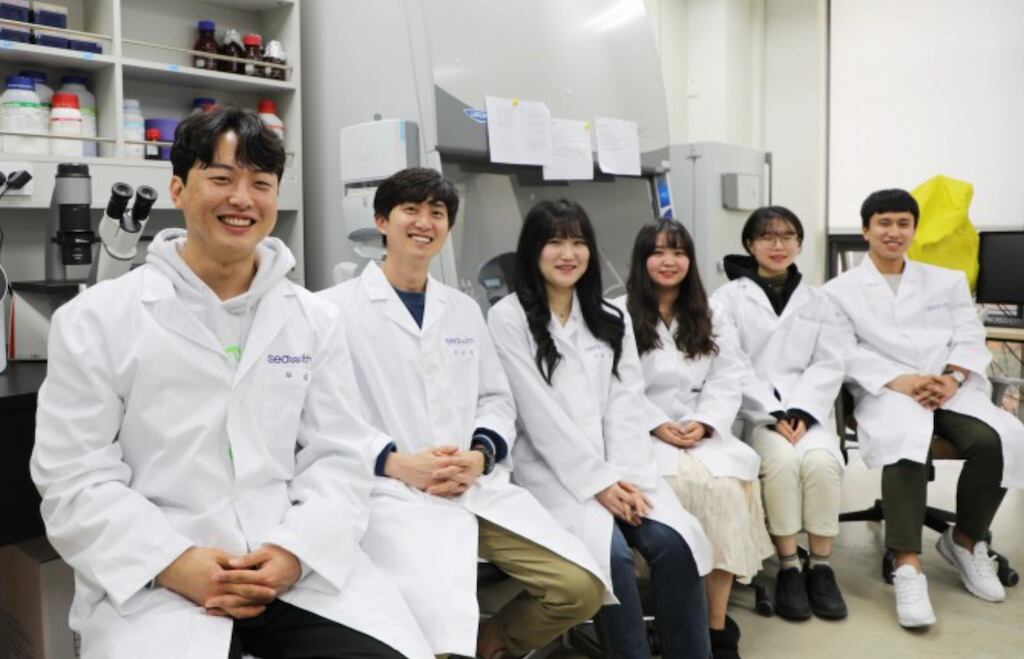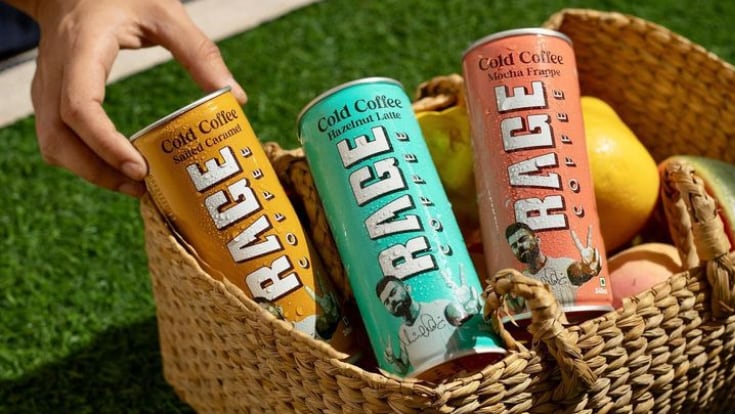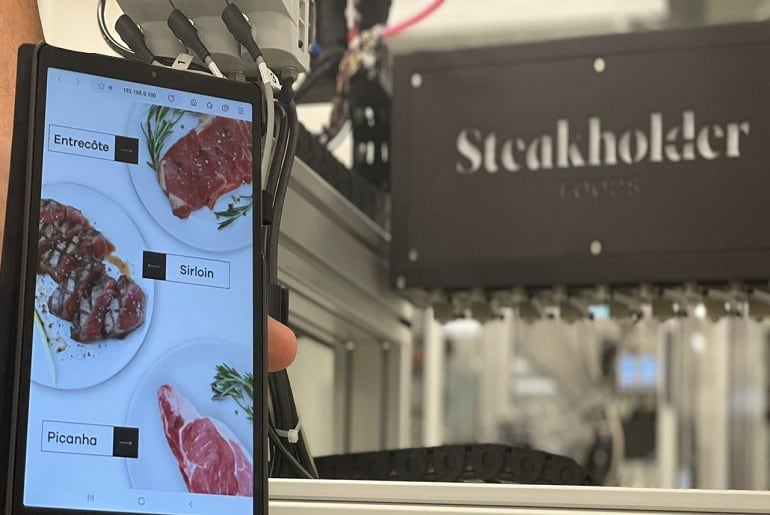The firm first launched its first cultivated beef steak prototype Welldone from a lab-scale setting in 2021. Its value proposition was using its proprietary growth media and scaffolding developed from seaweed.
It recently partnered with Singapore-based Esco Aster – the ‘world-first’ and only approved commercial cultivated meat manufacturer – to leverage on the latter’s bioreactors to scale up production of its Welldone product.
Welldone uses beef cells from the Korean native cow Hanwoo. Meat from this breed typically costs three times more than other products, making it easier for Welldone to achieve cost parity.
Complementary expertise

Speaking with FoodNavigator-Asia, its COO Okjae Koo said that the partnership would accelerate its cultivated meat commercialisation. With the success of bringing Welldone to market, it would then give credibility to its microalgae-based growth media and scaffolding.
“There’s only a few of us and while we have our own technologies, we do not have everything we need to cultivate meat. So, it’s really important for us to collaborate with other companies in accelerating its development.
“While we have an edge in technology, we have limited experience about scaling up production which Esco Aster already has. We can also learn from them about the scaling-up conditions and that would be beneficial for us to improve on our technologies,” Koo said about the partnership.
Value of collaboration
Koo said that there is a value in collaborating over regulations and tech to crack the cultivated meat market.
“The infrastructure of cultivated meat is still in its very early stages. While some companies have made products and others have commercialized it, the profits are not really good because of the meat structure and technology are not optimal for scaling up.
“The science of cultivating meat is almost the same as stem cells in the therapeutics space. We need to optimize it for cultivated meat. Consumers still think that it is too pricey, and the taste is not great like plant-based meat.
“While we compete to get more investments, we still have to work together to optimize the conditions for cultivated meat growth. Some collaboration should be enlisted to make great products together.”
Commercialization ambitions
The firm is looking at both business-to-business (B2B) and business-to-customer (B2C) to sell its cultivated meat products and its proprietary technologies.
It is also amid exploring other revenue streams: “Maybe we can develop cultivated fat by ourselves, or provide our scaffold and growth media platforms to other cultivated meat companies. There are many possibilities based on different aspects of cultivated meat production. Currently, we focus on cultivating our own product using beef cells, but we are very open for partnerships with other companies.”
Capitalising on its partnership with Esco Aster, it is hoping to commercialize in Singapore by late 2024 or early-2025 and then the United States (US), given more concrete regulatory frameworks and timelines around its approval.
Koo added that while South Korean authorities have been proactive in its discussions with private cultivated meat companies, there remains a cloud of ambiguity in the regulatory process.




